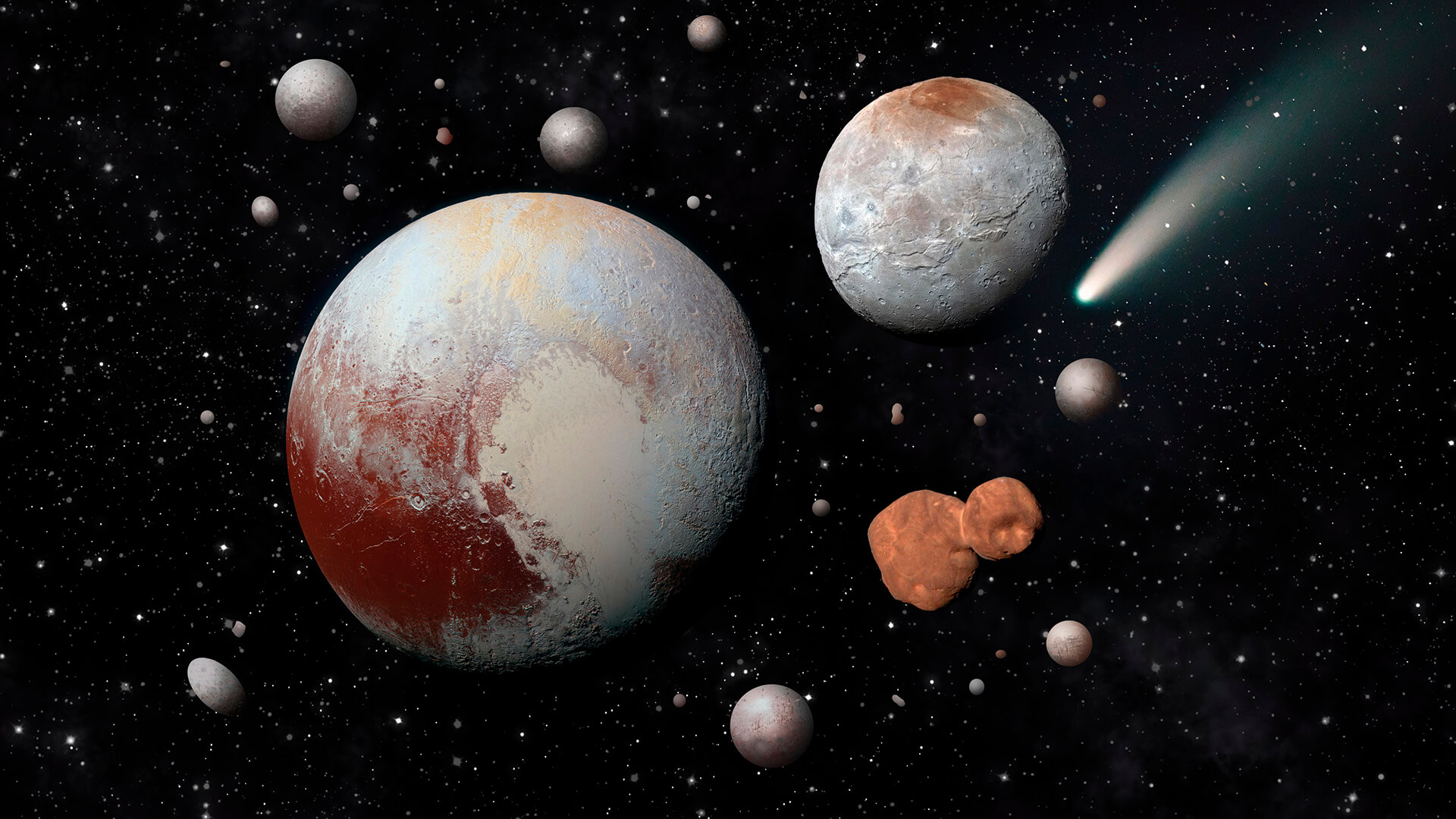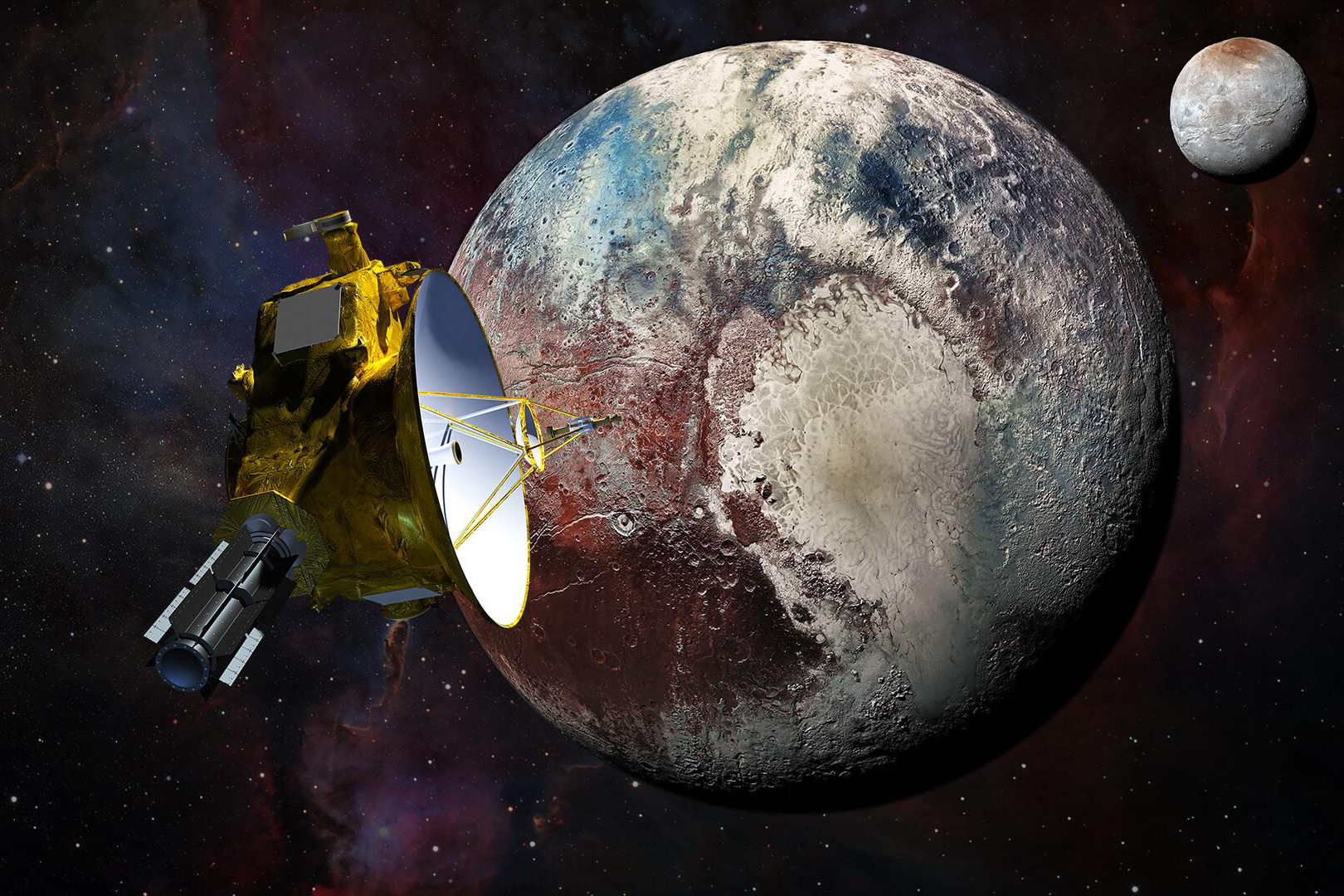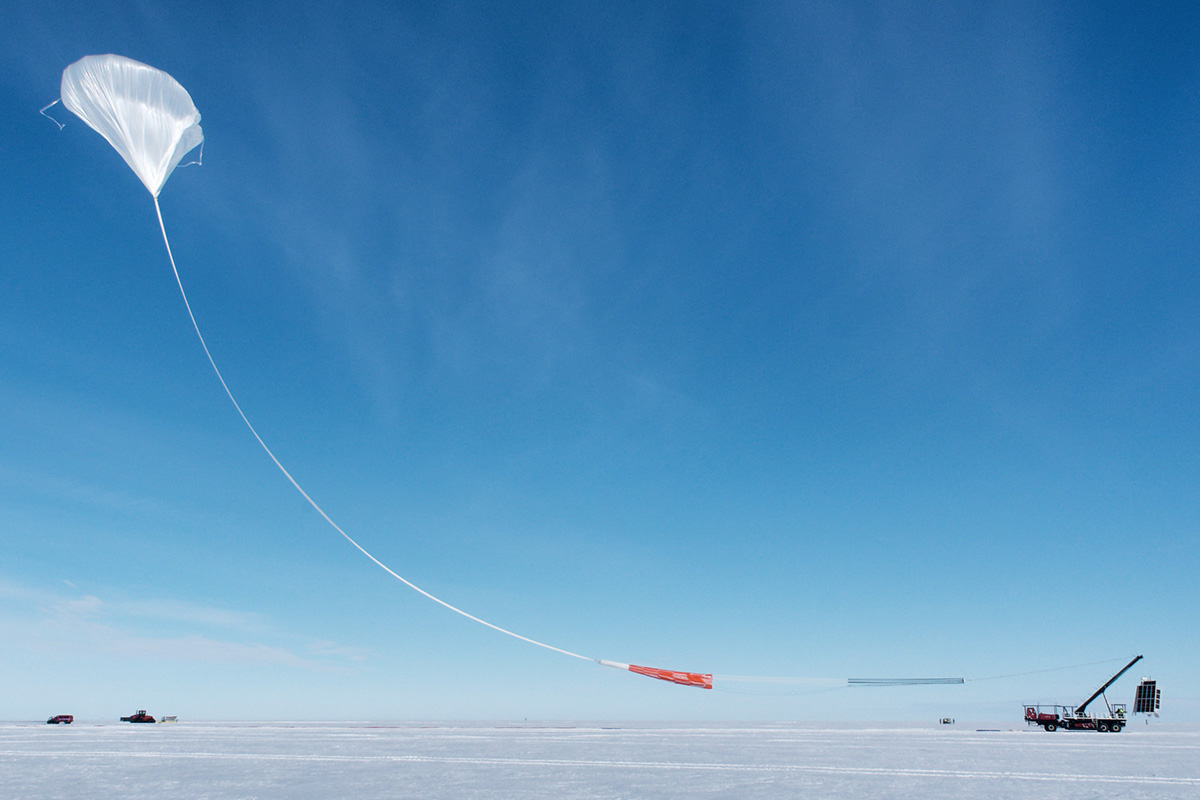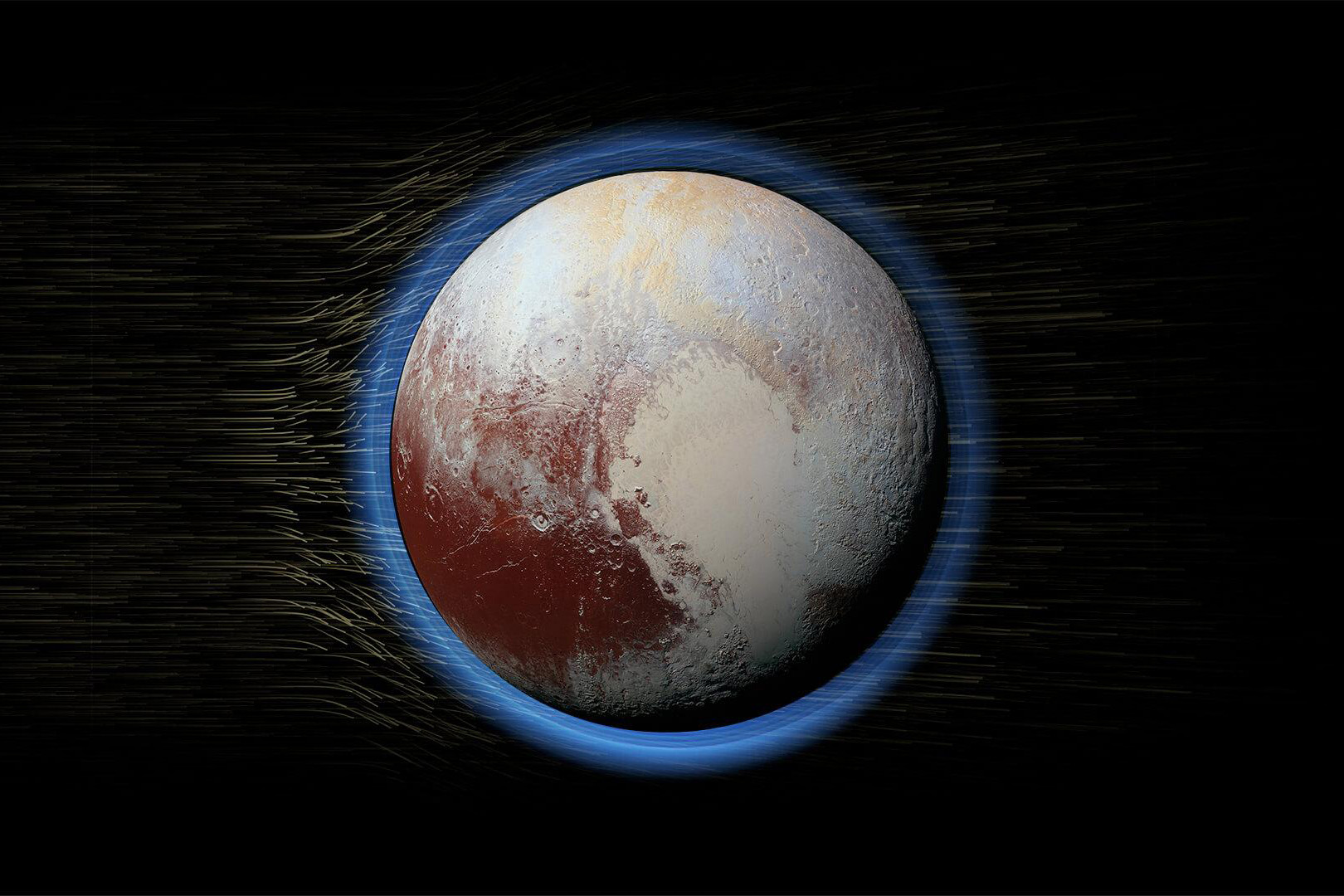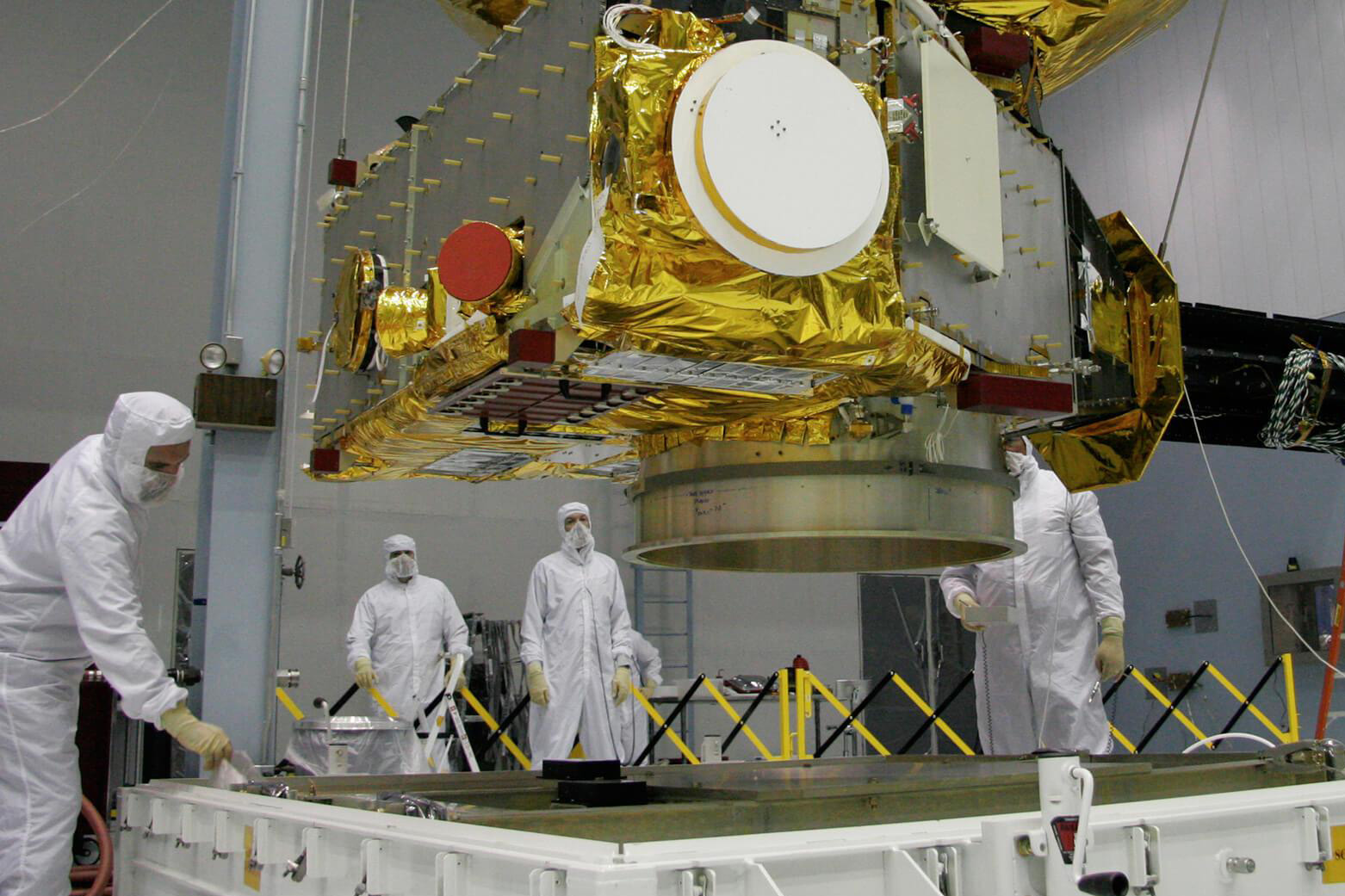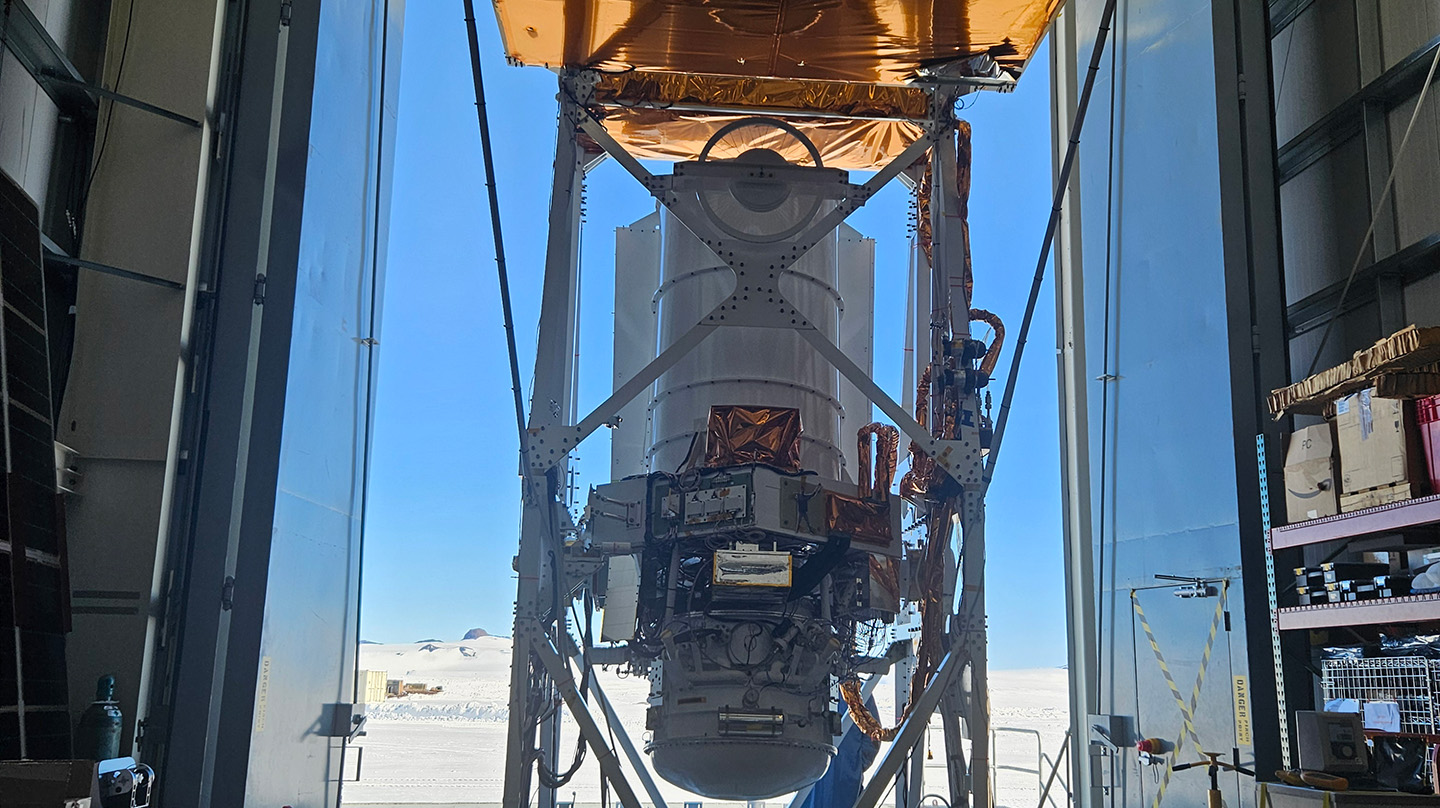The Solar System’s Distant, Icy Frontier
The Kuiper Belt is home to dozens of dwarf planets like Pluto and multitudes of planetary building blocks called planetesimals, such as Arrokoth. Comets, small icy planetesimals that are older than Earth and occasionally fall close to our Sun, hail from the Kuiper Belt and even more distant Oort Cloud.
Stretching from the orbit of Neptune to 50 times the distance between Earth and the Sun, the Kuiper Belt is a remote, donut-shaped region of space that’s littered with icy worlds, including comets and the solar system’s famous small planet Pluto. It’s a scientifically rich frontier, replete with objects carrying details from the solar system’s formation. APL has been at the forefront of exploring this distant province, designing and operating NASA’s New Horizons spacecraft—the farthest planetary exploration mission to date—as well as several of its instruments, including the imager that brought us the first close-up views of Pluto’s surface.
